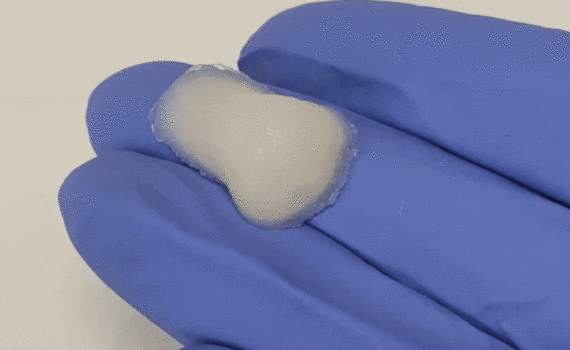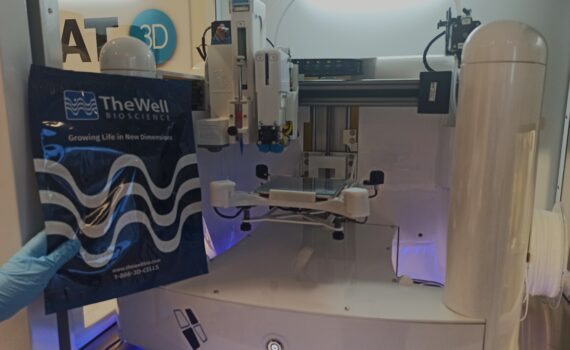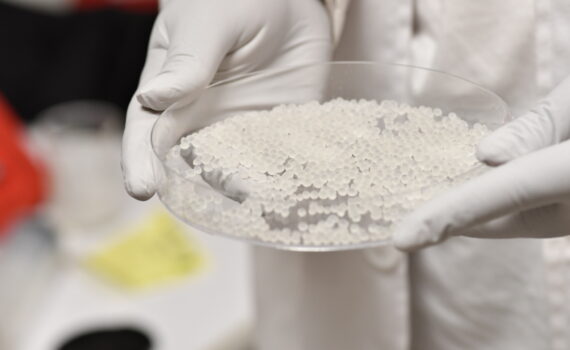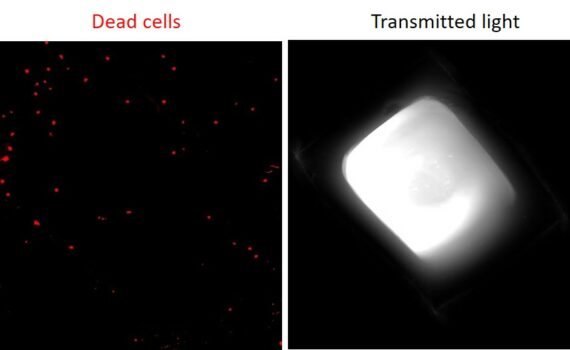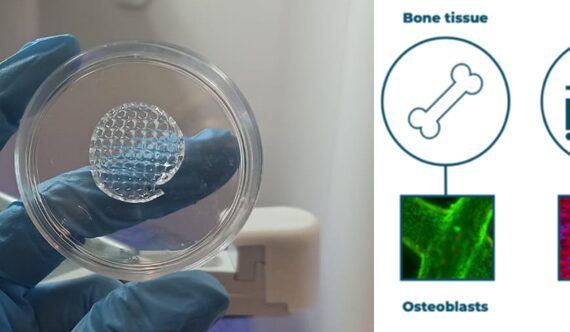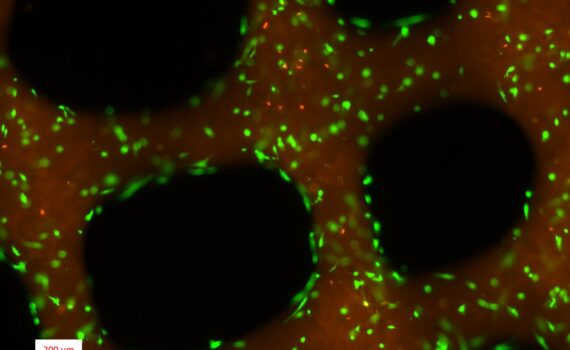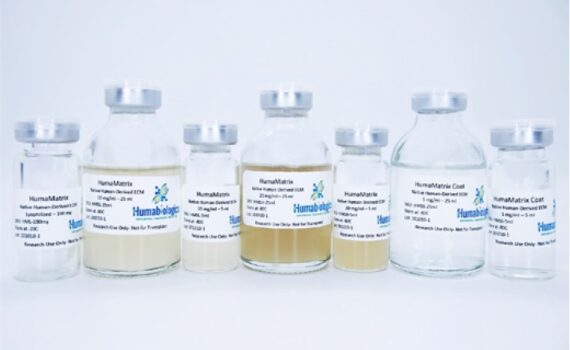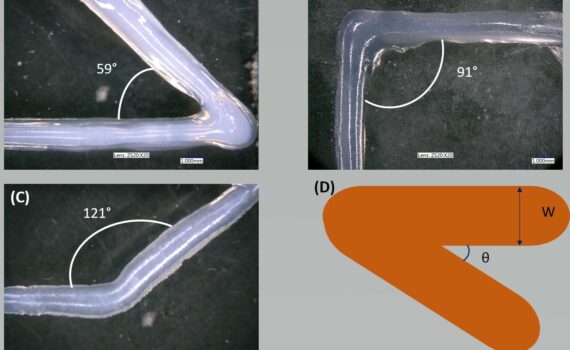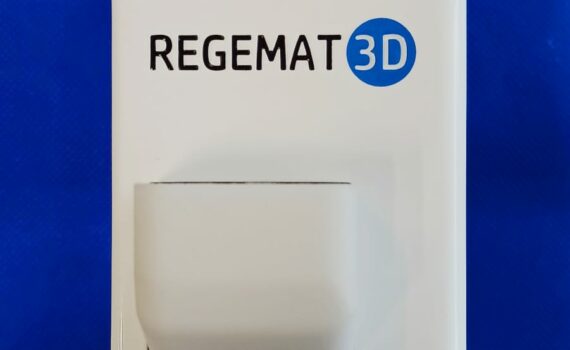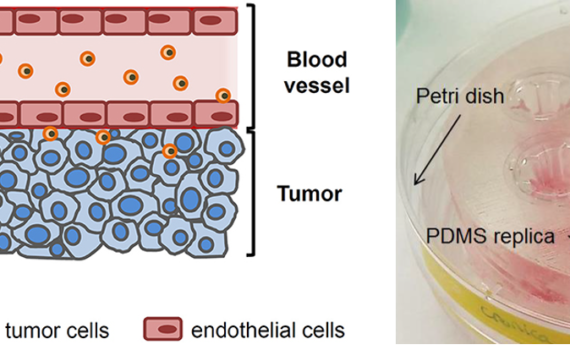+30 INTRODUCTION Chitosan (CS) is a naturally derived semicrystalline polymer that is obtained by partial deacetylation of chitin under alkaline conditions [1]. It is one of the most widely used materials to prepare hydrogels due to its excellent biocompatibility, nontoxicity, and biodegradability [2]. Furthermore, it dissolves in dilute acids through […]
Other Biomaterials
+10 INTRODUCTION Synthetic hydrogels are chemically defined animal component and pathogen-free hydrogels with tailored biological, mechanical and rheological properties for 3D bioprinting. Their synthetic origin avoid batch to batch variations, giving users the confidence to achieve reliable and consistent results with potential for clinical translation. Amongst the different options in […]
00 Introduction FlexdymTM is a block co-polymer belonging to the styrene-ethylene-butylene-styrene (SEBS) family of thermoplastic elastomers which is specifically tailored for the fabrication of microfluidic devices and flexible scaffolds for biomedical applications. The elastomeric nature enables its deformation even at high tensile strengths without fracture, making this material a suitable […]
+10 Introduction Thermoplastic polyurethanes (TPU) are a category of materials broadly used for biomedical purposes thanks to their biocompatibility, elasticity and strength. Among the different manufacturing techniques, 3D printing technology has attracted significant attention for the production personalized TPU-based medical devices over the last decade. The preference of this technique […]
+10 INTRODUCTION STABLE INX© (BIOINX©) is a synthetic, shear thinning, cell-interactive and non-biodegradable hydrogel bioink which has been specifically designed for the fabrication of scaffolds for tissue engineering. Due to its shear thinning behavior, it allows for an easy printing process. It exhibits a low viscosity at high shear rates, […]
00 INTRODUCTION Gelatin hydrogels have attracted significant attention in the field of regenerative medicine, and more specifically, in their use as wound dressings and artificial tissue replacements. Among the different photo-crosslinkable gelatin materials, gelatin methacryloyl (GelMA) hydrogels display a series of advantages, such as good biocompatibility (including biosafety and biological […]
+10 Naturally derived hydrogels from decellularized tissues have a remarkable potential for clinical translation. They have the advantage of providing the cells with all the necessary instructions for their growth and differentiation. PRODUCT OVERVIEW: HumaMatrix is one of the first commercially available native human-derived extracellular matrix (ECM) products. HumaMatrix is […]
+50 ABSTRACT 3D bioprinting has recently emerged as a crucial technology in tissue engineering, yet there are still challenges in selecting materials to obtain good print quality. Therefore, it is essential to study the influence of the chosen material (i.e., bioink) and the printing parameters on the final result. The […]
+20 Introduction Material extrusion is an additive manufacturing technique that uses a continuous filament of thermoplastic or composite material to construct 3D parts. Filament-based material extrusion is the most common practice in the 3D printing community. However, it’s not necessary for extrusion to only work with filament. In fact, pellet […]
+40 Introduction Hypoxia is a common characteristic of many solid tumors that has been associated with tumor aggressiveness. Limited diffusion of oxygen generates a gradient of oxygen availability from the blood vessel to the interstitial space and may underlie the recruitment of macrophages fostering cancer progression. However, the available data […]

